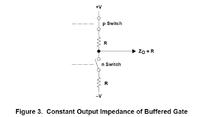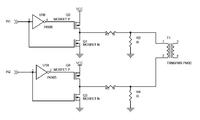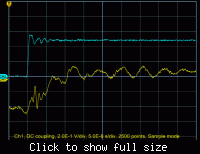elec4fun
Full Member level 3

- Joined
- Jan 24, 2005
- Messages
- 159
- Helped
- 38
- Reputation
- 76
- Reaction score
- 31
- Trophy points
- 1,308
- Location
- Nice, France
- Activity points
- 897
Hello,
I have to design an transformer driven line interface.
The standard is EUROCOM-D1 (an old military one). It uses:
- twisted pair
- AMI coding
- level 500mV/-500mV
- impedance 120 ohms
- speed from 128kbps to 1Mbps
I couldn't find an integrated line driver chip. So I have to build it myself and choose th right transformer.
The closest standard I could find is T1/E1 but it doesn't work as low as 128kbps and levels and much higher...I had to find a transformer with a larger inductance value.
I found this MURATA POWER SOLUTIONS - 78602/1C, a 2mH 1:1:1 tranformer. This one could do the job but the transformer ratio is too low.
I'd like to have a voltage of about 3V on the primary side and the secondary must be 500mV. This gives me a ratio of 6:1 and I can't find such a transformer.
Do you think I could build such a transformer myself ? Have you ever experimented something like this ? Does someone have an idea for my line driver design ?
Thanks in advance.
Regards,
Franck.
I have to design an transformer driven line interface.
The standard is EUROCOM-D1 (an old military one). It uses:
- twisted pair
- AMI coding
- level 500mV/-500mV
- impedance 120 ohms
- speed from 128kbps to 1Mbps
I couldn't find an integrated line driver chip. So I have to build it myself and choose th right transformer.
The closest standard I could find is T1/E1 but it doesn't work as low as 128kbps and levels and much higher...I had to find a transformer with a larger inductance value.
I found this MURATA POWER SOLUTIONS - 78602/1C, a 2mH 1:1:1 tranformer. This one could do the job but the transformer ratio is too low.
I'd like to have a voltage of about 3V on the primary side and the secondary must be 500mV. This gives me a ratio of 6:1 and I can't find such a transformer.
Do you think I could build such a transformer myself ? Have you ever experimented something like this ? Does someone have an idea for my line driver design ?
Thanks in advance.
Regards,
Franck.







